Flagler Turtle Watch, with the help of Flagler County Fire Rescue, saved five leatherback sea turtles on Wednesday who were trapped in storm drains. The actions of those responders helped a threatened marine reptile species avert a tragic fate before they even got to swim in the ocean.
The turtles were reportedly discovered in two separate storm drains in the Oceanside Condominiums just north of Ocean Marina Drive on SR-A1A. They were found at around 12:00 pm. Flagler Turtle Patrol’s Jenn Jakush and FCFR’s Battalion 40 and Engine 40 were called out to respond.
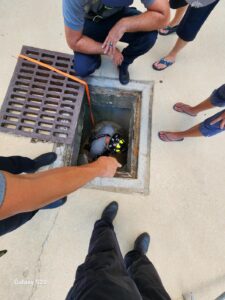
A FCFR crew member rescues the turtles. ⓒ Flagler County government
The crews arrived on scene and lifted the heavy metal covers off of the drains. Crews put on gas masks and climbed six feet down on ladders to where the babies were located. They then carefully brought the hatchlings to safety.
After the rescue the hatchlings were brought to Whitney Laboratory for Marine Bioscience, located just across SR-A1A from Marineland Dolphin Adventure near Flagler’s border with St. Johns County. The hopes were to release them into the ocean by the end of the day.
“It’s an especially good day when we can help rescue some of our beloved baby sea turtles,” said Fire Rescue Captain Mike Pius. As it turned out, the crews with FCFR didn’t get long to take in the results of their good deeds.
“Crews got called out to a vehicle crash on Interstate 95 immediately afterward,” added Flagler County Fire Chief Mike Tucker. “They didn’t even get to linger on that rescue, and they are busy making another. We have a great team. That’s what they do day in and day out.”
Leatherback Sea Turtles
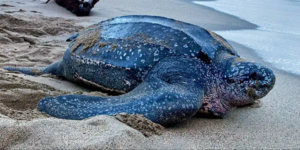
ⓒ Ali Horton
The leatherback sea turtle is the fourth-heaviest reptile on Earth, with an average length of six feet and weight range of 500 to 1,500 pounds per the Florida Fish & Wildlife Commission. It is the world’s largest turtle or tortoise species, and is known to inhabit much of the Atlantic, Pacific, and Indian oceans. It inhabits all the coastal waters of Florida, including both the Atlantic Ocean and Gulf of Mexico.
The size of the turtles makes them one of the most unique marine fauna that can be found off Florida’s coasts. The largest specimen on record was ten feet long and over 2,000 pounds, comparable to the weight of two adult horses.
Leatherback turtles are listed as vulnerable to extinction by the International Union for Conservation of Nature, one level above endangered. They’re protected under the Federal Endangered Species Act, Florida’s Endangered and Threatened Species Rule, and Florida’s Marine Turtle Protection Act.
Humans have been known to contribute to their mortality directly and indirectly. Plastic bag litter can often be mistaken for the turtles’ favorite prey: the jellyfish. They’re also affected by light pollution, which can cause hatchling turtles to crawl away from the ocean instead of towards it, due to mistaking the glow for moonlight.
Florida’s beaches are an important nesting site for the leatherback sea turtle. They’re known to lay eggs in the sand from February to July, with a turnaround of two months or slightly longer before hatching. Each nest can produce an average of around 110 babies. Nesting sites take place along nearly the entire Atlantic coast of Florida, plus select stretches along the Gulf of Mexico.
Chris Gollon is a Flagler County resident since 2004, as well as a staple of the local independent music scene and avid observer of Central Florida politics, arts, and recreation.





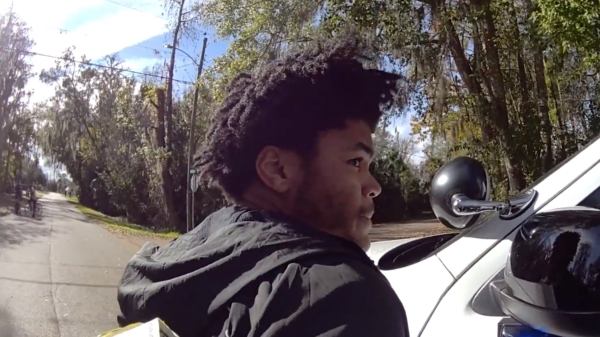

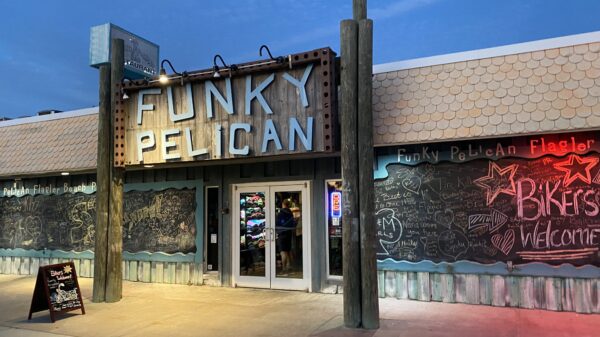








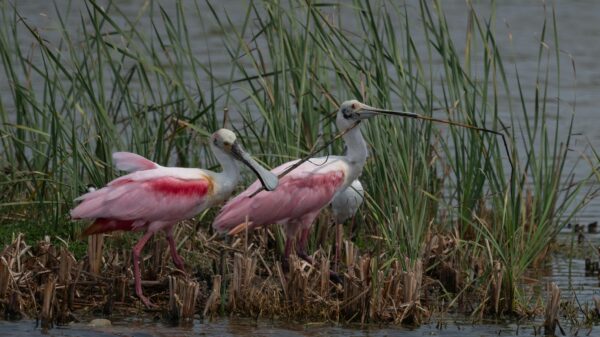



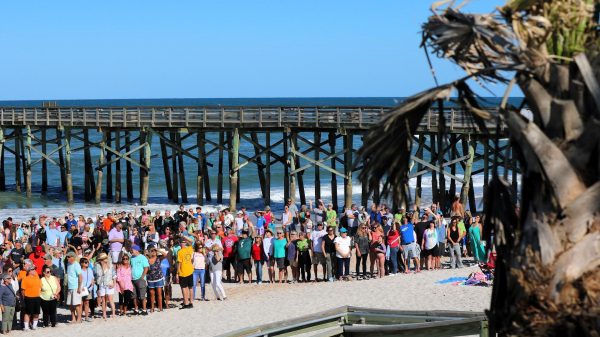







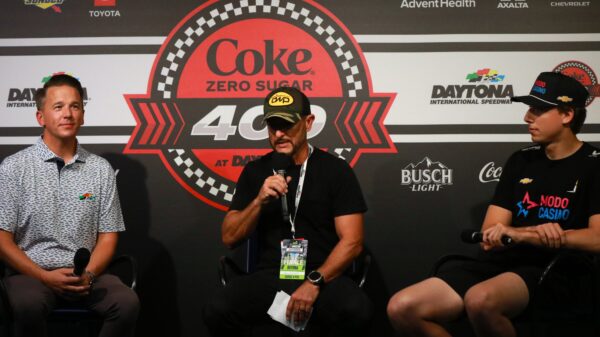


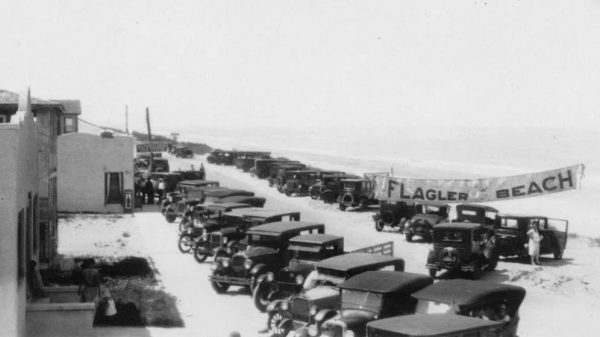
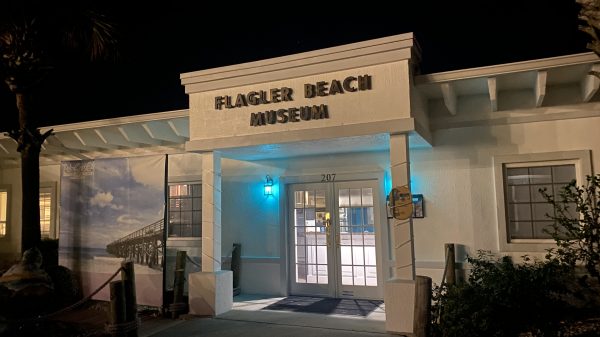

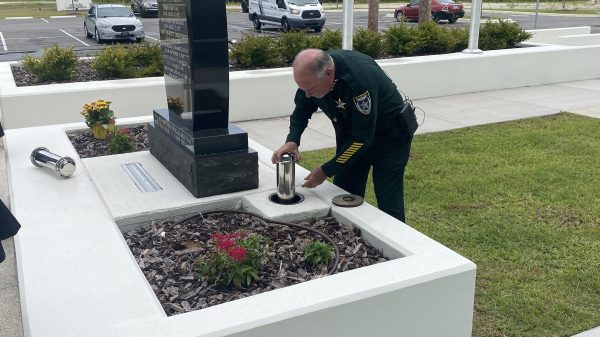

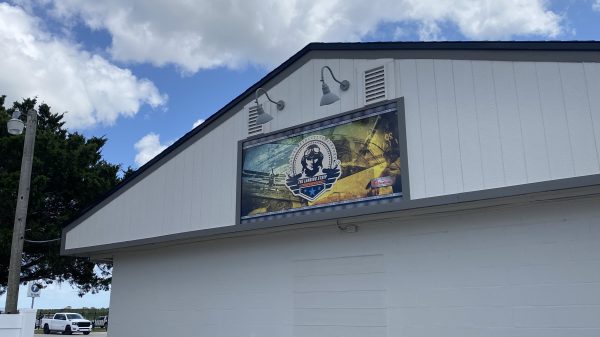
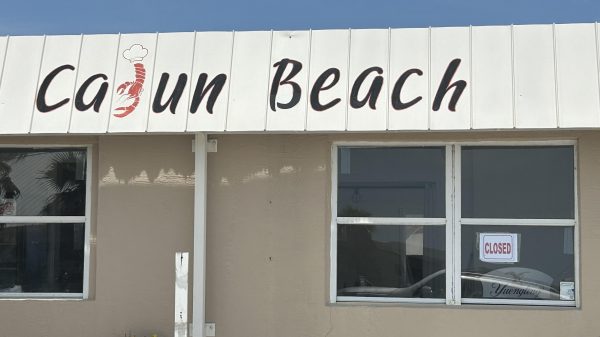

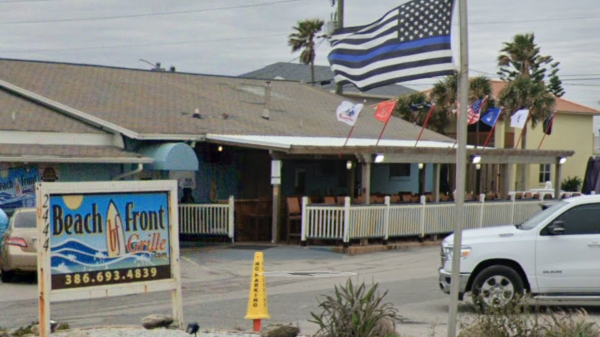
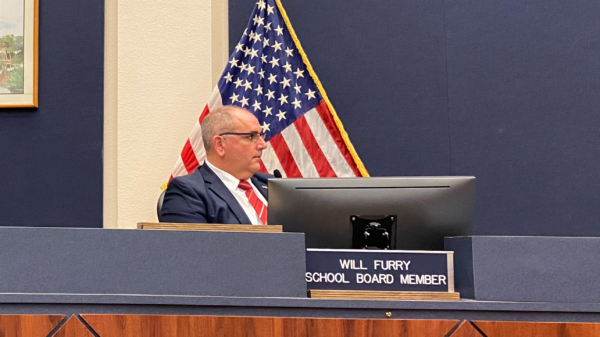


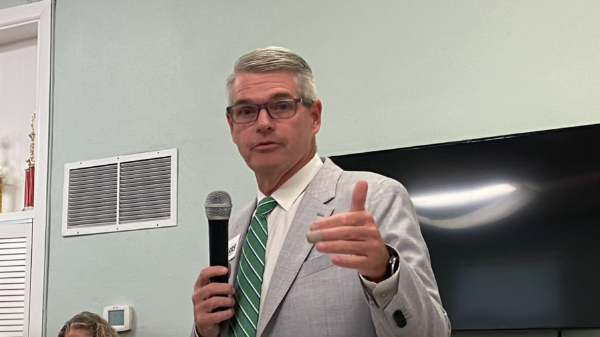



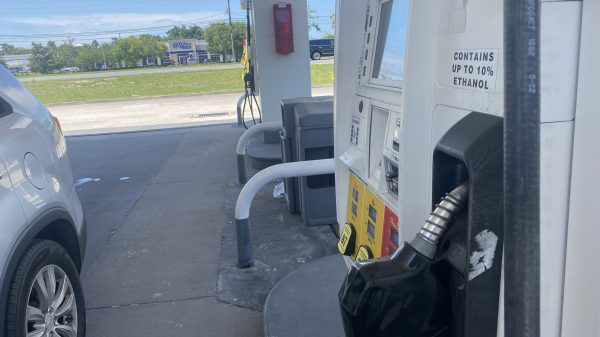




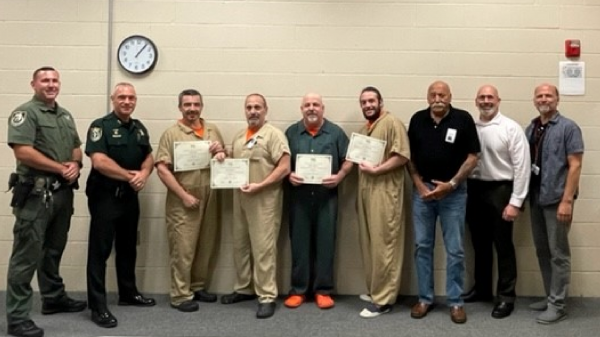
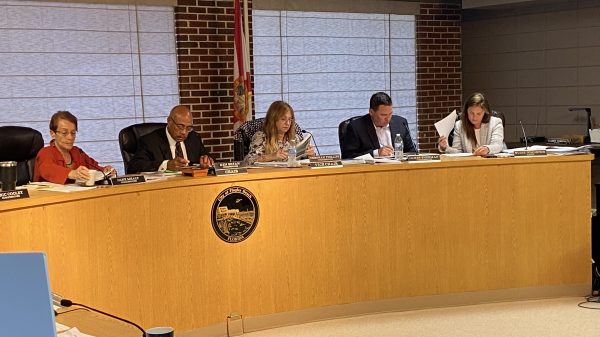





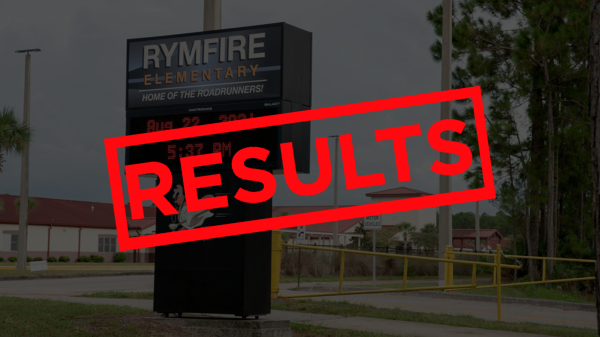
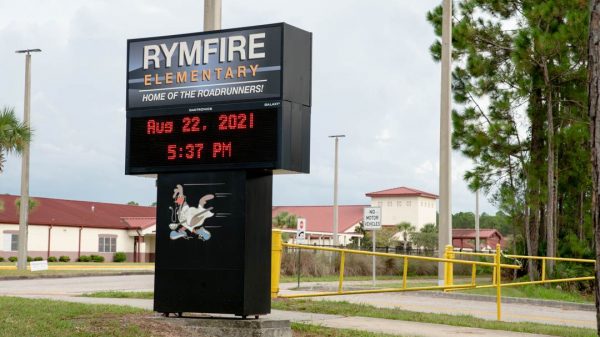




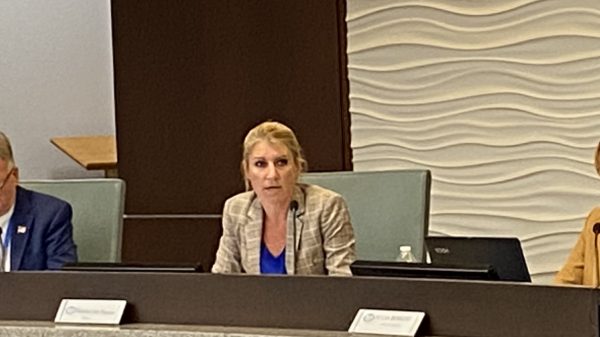




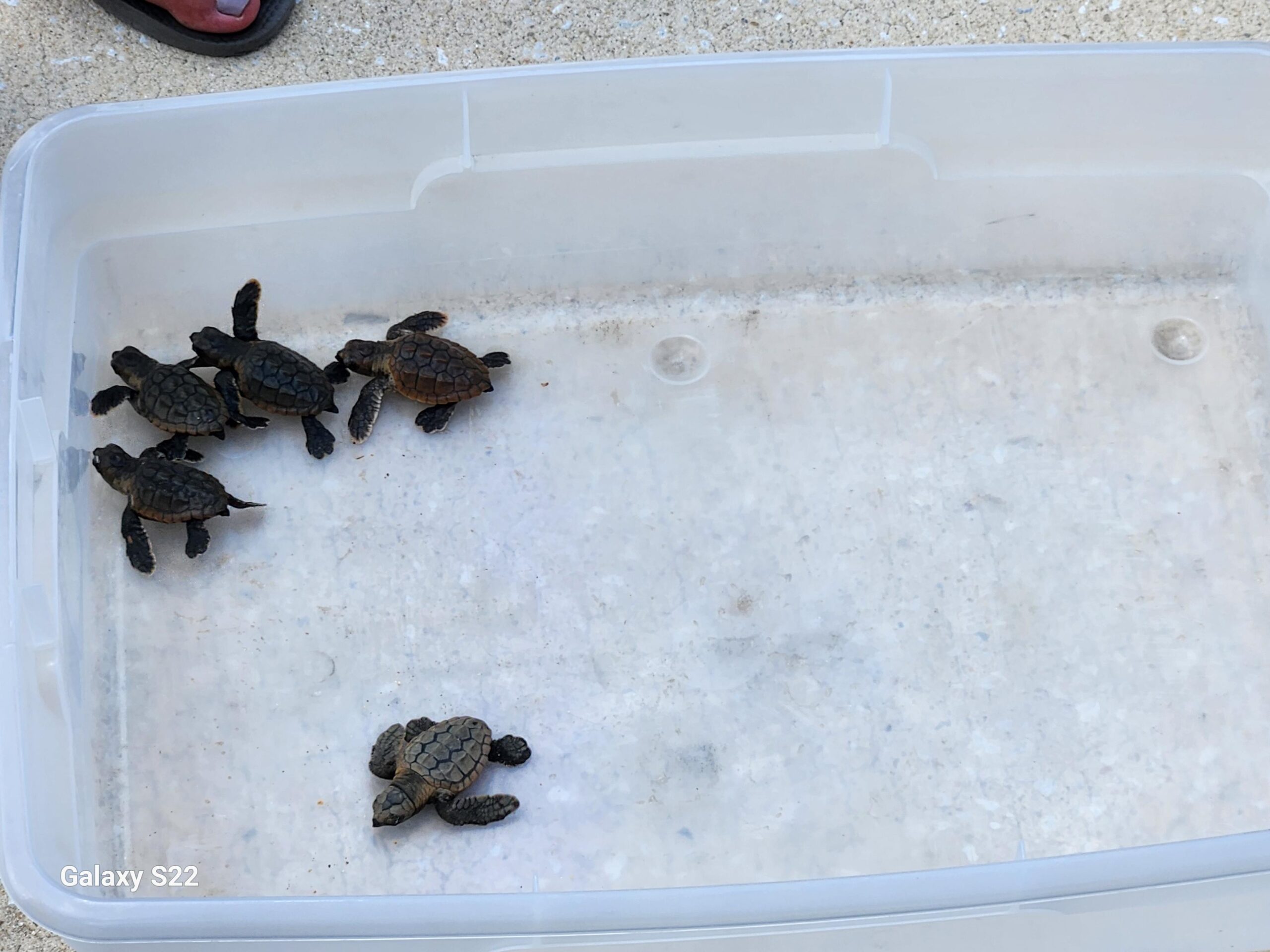











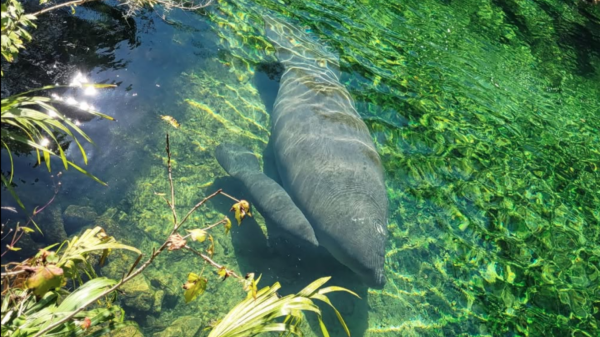
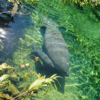
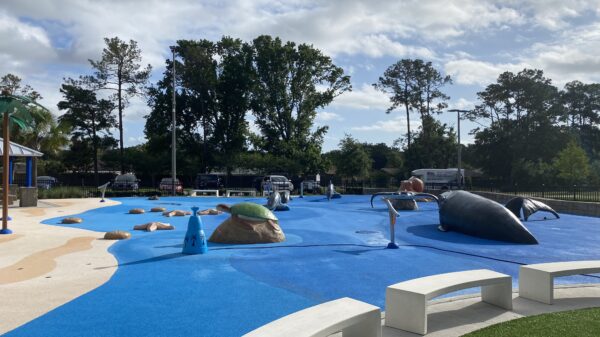



TR
July 31, 2025 at 10:38 am
How in the world did someone see them 6’down in a storm drain when it’s dark down there and so is the color of the turtles? I’m guessing someone put them there and then felt guilty. Glad they were saved though.
LM
August 1, 2025 at 12:09 pm
Those are loggerhead sea turtle hatchlings, not leatherback sea turtle hatchlings.